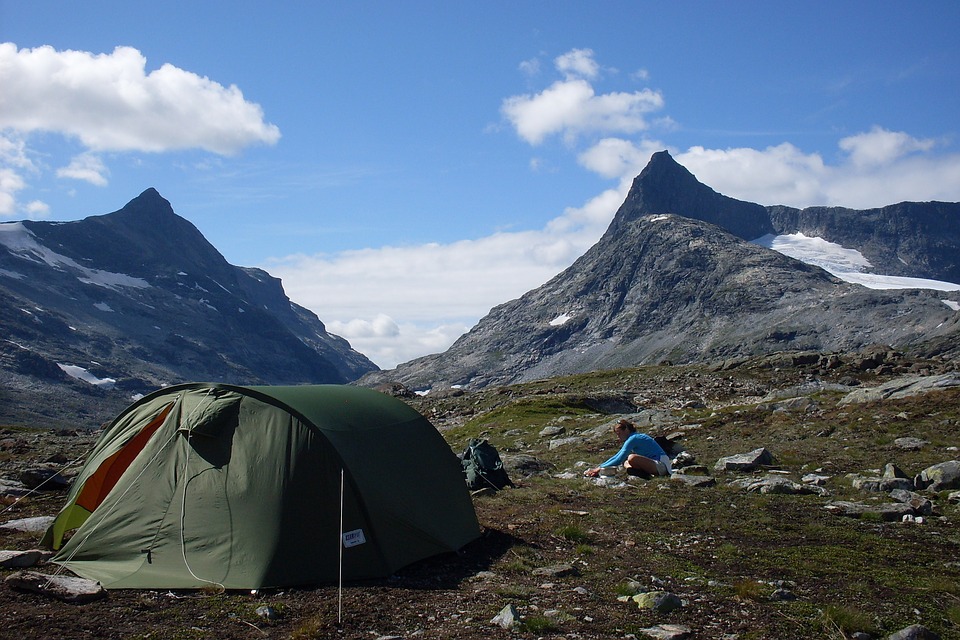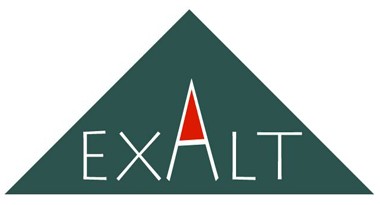- Share
- Share on Facebook
- Share on X
- Share on LinkedIn

Skiing, mountaineering, hiking, climbing, backcountry trailing, biking... So many things to do in the mountains. They may be equated to great time spend or nice memories to create but the consequences related to high altitude exposure can either stay unnoticed or ruin the trip.
Why talking about hypoxia when it is about altitude ?
The barometric pressure decreases by gaining altitude, then the amount of available oxygen gets lower and lower. Under these conditions, the body finds itself exposed to a lack of oxygen called hypoxia.
The effects of those environmental changes occur from 1 500m - 2 000m above sea level, mainly during physical performances. In fact, the amount of available oxygen falls but the body oxygen requirements remain the same. Despite this low oxygen quantity, the body must find solutions in order to keep an appropriate oxygen inflow for its organs and muscles and several effects can be sensed :
- The breathing gets faster and deeper
- The heart rate hastens
These effects express an acute acclimation of the body to hypoxia.

When the trip lingers, other effects can occur such as a red cells quantity rise for the purposes of enhancing blood oxygen carrying. In addition, an altitude exposure can come with sleep apnea or 'periodic breathing' emergence.
Acclimation is needed and very important for a successful trip. The acclimation grade differs from one person to another. This phenomenon recurs every time one gets higher than where he or she is used to live.
A well done ascension can be easily handled by the body and many people can climb up to 5 500 meters or more above sea level without showing main symptom.
When acclimation is imperfect, meaning a rapid ascension or an altitude responsive person, pathologies directly linked to hypoxia are likely to appear :
- Acute mountain sickness,
- High altitude localized edemas,
- High altitude cerebral edemas,
- High altitude pulmonary edemas.
Altitude and health research keeps developing with the help of organizations that undertake scientific and medical expeditions or with the use of altitude simulating devices in labs. Their goals are, among others :
- To increase awareness of the public (beginners or amateurs) to high altitude conditions,
- To help hikers to prepare at best their trip whenever they plan to perform important ascensions,
- To understand better the inter-individual differences to hypoxia tolerance
- To possibly use hypoxia adaptations (such as those observed under high altitude conditions) for preventive or therapeutic purposes.
More information can be found on EXALT website. You can also contact the CHU Grenoble Alpes Altitude Center of Expertise at the south hospital, ''Sport et pathologies'' unit. This center can submit altitude medicine specialized consultations and perform specific tests such as hypoxic tests.
- Share
- Share on Facebook
- Share on X
- Share on LinkedIn
